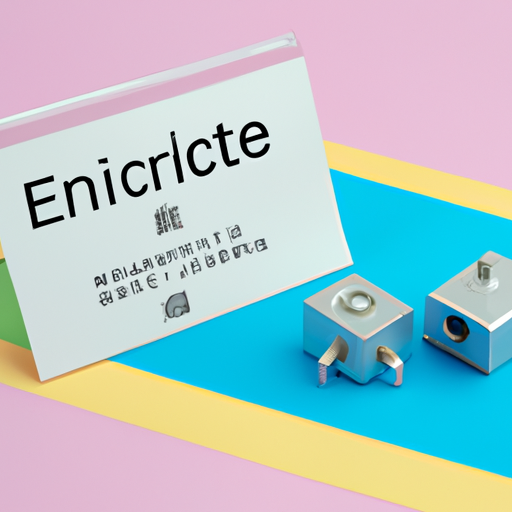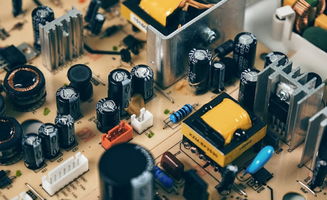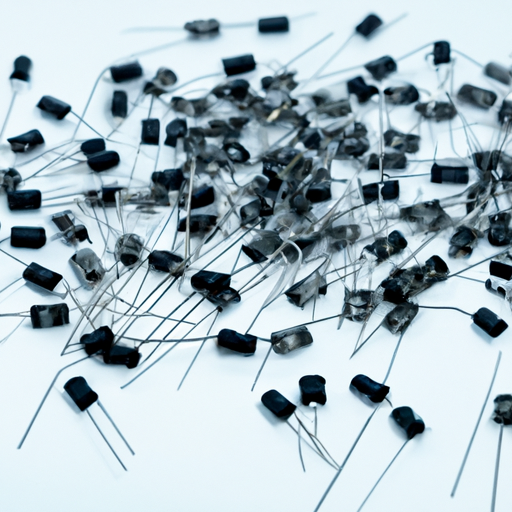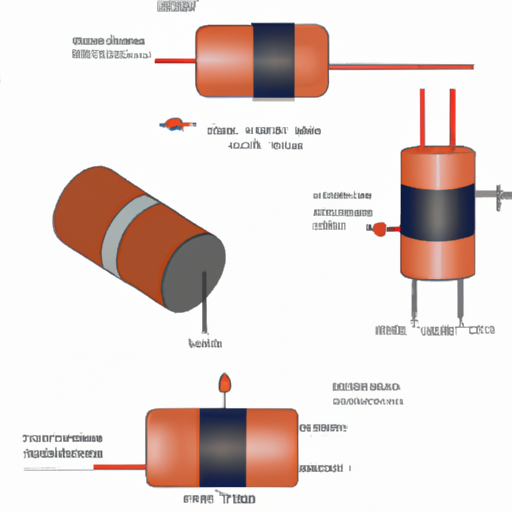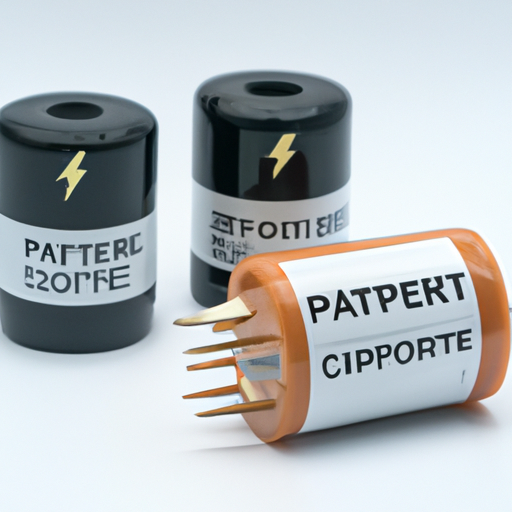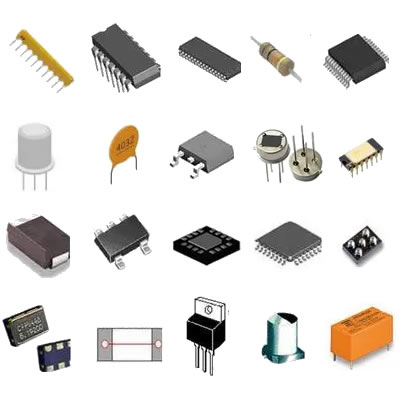What is the purchase price of the latest inductor?
What is the Purchase Price of the Latest Inductor?
I. Introduction
Inductors are fundamental components in electronic circuits, playing a crucial role in energy storage, filtering, and signal processing. They are passive components that store energy in a magnetic field when electrical current flows through them. Understanding the purchase price of the latest inductors is essential for engineers, hobbyists, and manufacturers alike, as it can significantly impact project budgets and design choices. This article aims to explore the various factors influencing the purchase price of inductors, current market trends, and how to choose the right inductor for your needs.
II. Overview of Inductors
A. Basic Principles of Inductance
Inductance is the property of an electrical conductor that opposes a change in current. When current flows through an inductor, it generates a magnetic field around it. If the current changes, the magnetic field also changes, inducing a voltage that opposes the change in current. This principle is the foundation of how inductors function in circuits.
B. Types of Inductors
Inductors come in various types, each suited for specific applications:
1. **Air-core inductors**: These inductors do not use a magnetic core, making them suitable for high-frequency applications due to their low losses.
2. **Iron-core inductors**: These inductors use iron as a core material, providing higher inductance values but with increased losses at high frequencies.
3. **Ferrite-core inductors**: Ferrite cores are used to minimize losses and are ideal for high-frequency applications, such as RF circuits.
4. **Toroidal inductors**: These inductors have a doughnut-shaped core, which helps reduce electromagnetic interference and improve efficiency.
C. Applications of Inductors
Inductors are used in various applications, including:
1. **Power supplies**: Inductors are essential in switching power supplies, where they help regulate voltage and current.
2. **RF applications**: In radio frequency circuits, inductors are used for tuning and filtering signals.
3. **Filters and oscillators**: Inductors are key components in filter circuits and oscillators, helping to shape and control signal frequencies.
III. Factors Influencing the Purchase Price of Inductors
Several factors influence the purchase price of inductors, including:
A. Material Composition
1. **Core materials**: The choice of core material significantly affects the inductor's performance and cost. Ferrite and iron cores are common, with ferrite generally being more expensive due to its superior performance at high frequencies.
2. **Wire materials**: The type of wire used in the inductor also impacts the price. Copper is the most common material due to its excellent conductivity, but aluminum is sometimes used for cost savings.
B. Size and Form Factor
1. **Physical dimensions**: Larger inductors typically cost more due to the increased material usage. However, miniaturization trends in electronics have led to the development of smaller inductors that can be more expensive due to advanced manufacturing techniques.
2. **Mounting options**: Inductors can be designed for through-hole or surface mount applications. Surface mount inductors are often more expensive due to their compact size and the precision required in their manufacturing.
C. Inductance Value and Tolerance
1. **Range of inductance values**: Inductors are available in a wide range of inductance values, with higher values generally costing more.
2. **Importance of tolerance**: The tolerance of an inductor indicates how much its inductance can vary from its stated value. Tighter tolerances often lead to higher prices due to the increased precision required in manufacturing.
D. Manufacturer and Brand Reputation
1. **Established brands vs. new entrants**: Well-known manufacturers often charge a premium for their products due to their reputation for quality and reliability.
2. **Quality assurance and reliability**: Inductors from reputable brands may come with better quality assurance, which can justify a higher price.
E. Production Volume and Economies of Scale
1. **Bulk purchasing vs. single unit pricing**: Buying inductors in bulk can significantly reduce the per-unit cost, making it more economical for manufacturers.
2. **Impact of demand on pricing**: Fluctuations in demand can affect prices, with high demand leading to increased prices, especially for specialized inductors.
IV. Current Market Trends for Inductors
A. Overview of the Latest Inductor Technologies
Recent advancements in inductor technology have focused on improving efficiency and reducing size. Innovations in materials, such as high-permeability ferrites and advanced wire coatings, have led to inductors that can handle higher frequencies with lower losses.
B. Price Ranges for Different Types of Inductors
Inductor prices can vary widely based on type and specifications:
1. **Low-end inductors**: Basic air-core inductors can be found for as little as $0.10 to $1.00 each.
2. **Mid-range inductors**: Ferrite-core inductors typically range from $1.00 to $10.00, depending on specifications.
3. **High-end inductors**: Specialized toroidal inductors or high-performance inductors can cost anywhere from $10.00 to $100.00 or more.
C. Comparison of Prices from Various Suppliers
Prices can vary significantly between suppliers. Online marketplaces like Digi-Key, Mouser, and Amazon offer a wide range of inductors, while specialty electronic component distributors may provide more niche options. It’s essential to compare prices and specifications to find the best deal.
V. Case Studies: Pricing of Specific Inductors
A. Example 1: A Popular Air-Core Inductor
**Specifications**: 10 µH, 1 A, through-hole mount
**Purchase Price Analysis**: This inductor is priced at approximately $0.50, making it an economical choice for basic applications.
B. Example 2: A High-Performance Ferrite-Core Inductor
**Specifications**: 100 µH, 3 A, surface mount
**Purchase Price Analysis**: This inductor is priced at around $5.00, reflecting its higher performance and compact design.
C. Example 3: A Specialized Toroidal Inductor
**Specifications**: 1 mH, 5 A, custom design
**Purchase Price Analysis**: This specialized inductor can cost upwards of $30.00 due to its unique design and performance characteristics.
VI. How to Choose the Right Inductor for Your Needs
A. Assessing Application Requirements
When selecting an inductor, consider the specific requirements of your application, including voltage and current ratings, as well as frequency response.
B. Balancing Cost and Performance
Evaluate the trade-offs between cost and performance. Sometimes, investing in a higher-quality inductor can lead to better long-term performance and reliability.
C. Seeking Expert Advice and Resources
Consulting with engineers or utilizing online tools and calculators can help you make informed decisions when selecting inductors for your projects.
VII. Conclusion
Understanding the factors influencing inductor pricing is crucial for making informed purchasing decisions. From material composition to market trends, various elements can affect the cost of inductors. As technology continues to advance, the future of inductor pricing will likely see further innovations and changes. By staying informed and considering your specific needs, you can choose the right inductor for your applications while managing costs effectively.
VIII. References
1. Manufacturer websites and product catalogs
2. Industry reports and market analysis documents
3. Online marketplaces for electronic components
This comprehensive overview of inductor pricing provides valuable insights for anyone involved in electronics, from hobbyists to professional engineers. By understanding the market and the factors that influence prices, you can make better purchasing decisions and optimize your projects.

